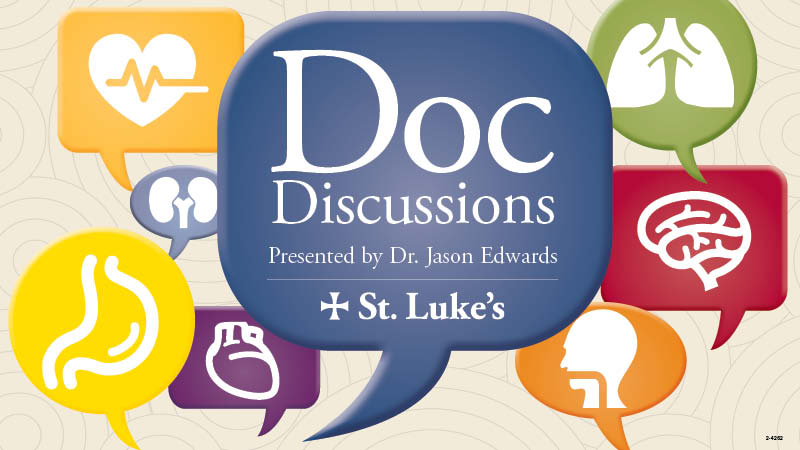Articles & Resources

Dr. Ricks: Changing Lives One Surgery at a Time
Doc Discussions with Dr. Jason Edwards
Podcast
|
Living Healthy

Slide Warriors: The Secret Life of Your Lab Results
Doc Discussions with Dr. Jason Edwards
Podcast
|
Medical Innovations

What You Need to Know About Lung Health Could Save Your Life
Doc Discussions with Dr. Jason Edwards
Podcast
|
Cancer

Prescription for Business: Medical Mindsets in Corporate America
Doc Discussions with Dr. Jason Edwards
Podcast
|
Medical Innovations

What Happens When You're Asleep: A CRNA Reveals Operating Room Secrets
Doc Discussions with Dr. Jason Edwards
Podcast
|
Medical Innovations

What Makes a Great Cardiothoracic Surgeon: Reps Matter
Doc Discussions with Dr. Jason Edwards
Podcast
|
Heart Health

How Positivity Can Transform Patient Care
Doc Discussions with Dr. Jason Edwards
Podcast
|
Medical Innovations

Transforming Lives Through Plastic Surgery
Doc Discussions with Dr. Jason Edwards
Podcast
|
Living Healthy

Thyroid Cancer Advances and Environmental Factors
Doc Discussions with Dr. Jason Edwards
Podcast
|
Cancer

Unlocking Secrets of Athlete Care and Recovery
Doc Discussions with Dr. Jason Edwards
Podcast
|
Orthopedics

When Doctors Become Patients: A Surgeon's Life-Changing Heart Valve Story
Doc Discussions with Dr. Jason Edwards
Podcast
|
Heart Health

What Your Gastroenterologist Wants You to Know About Diet, Disease, and Digestive Health
Doc Discussions with Dr. Jason Edwards
Podcast
|
Diet & Nutrition
